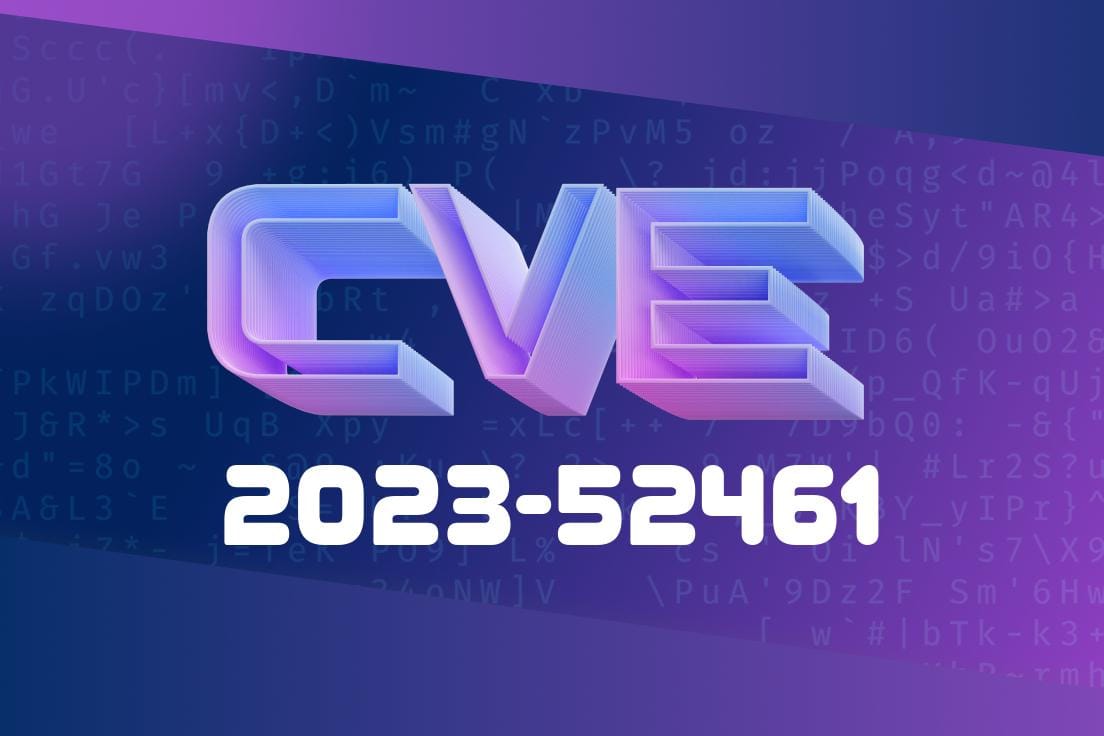In early 2024, security researchers and the Linux kernel development team addressed a subtle yet significant vulnerability in the Direct Rendering Manager (DRM) subsystem. This vulnerability is now tracked as CVE-2023-52461. It revolved around the way the DRM scheduler handled entity priorities, opening a door for unexpected behavior if a malformed entity was passed in. In this long read, I'll break down what happened, how it could be abused, and what the fix looks like – all in accessible language, with sample code snippets and references for deeper reading.
DRM Scheduler Basics
The DRM subsystem in the Linux kernel manages graphics hardware. Tasks that need to be done by the GPU are scheduled into a queue – this is handled by the DRM scheduler. Each task (or "entity" in DRM talk) gets a priority. Normally, this priority should always be within a certain range.
The Vulnerability: What Was Wrong?
There was a function called drm_sched_entity_init() which sets up these entities. But, if you passed in an entity whose priority value was outside the allowed bounds, the code responsible for "fixing" this would not correctly clamp the value into valid range.
Put simply: the code was *supposed* to check if the priority value given was too low or too high and adjust it to the nearest allowed value. But due to a bug in the limiting expression, the code didn't always do that right.
Here’s a simplified code snippet showing the old, vulnerable logic
#define DRM_SCHED_PRIORITY_MIN
#define DRM_SCHED_PRIORITY_MAX 4
int drm_sched_entity_init(struct drm_sched_entity *entity, int priority) {
// Broken clamping logic:
if (priority < DRM_SCHED_PRIORITY_MIN || priority > DRM_SCHED_PRIORITY_MAX)
priority = DRM_SCHED_PRIORITY_MAX; // Oops! Should clamp, not always set to max!
entity->priority = priority;
// ... rest of initialization
return ;
}
If you passed in, say, priority = -100, the function would always set it to DRM_SCHED_PRIORITY_MAX (which is 4). This means, even if an attacker tried negative priorities, they’d get the highest possible priority. Not good!
Why is this a problem?
- Unexpected Prioritization: Someone (or a buggy app) could submit invalid priorities and unintentionally get the highest-possible scheduling priority, starving other tasks.
- Potential Privilege Escalation: In a more complex system, a malicious program could attempt to game the scheduler and get their graphics tasks handled before anyone else, possibly leveraging timing or denial-of-service attacks.
While passing a malformed entity like this “shouldn’t happen” in normal use, the kernel is designed to never trust userspace fully. So, this input validation bug needed attention.
The Fix: Properly Limiting Priority
The Linux devs corrected the expression, making sure that any out-of-bounds values are clamped to the closest valid value, not always set to max.
Here’s how the function looks after being fixed
int drm_sched_entity_init(struct drm_sched_entity *entity, int priority) {
if (priority < DRM_SCHED_PRIORITY_MIN)
priority = DRM_SCHED_PRIORITY_MIN;
else if (priority > DRM_SCHED_PRIORITY_MAX)
priority = DRM_SCHED_PRIORITY_MAX;
entity->priority = priority;
// ... rest of initialization
return ;
}
Now:
While this was quickly fixed, here’s a (hypothetical) illustration
Suppose a malicious app uses an interface to submit DRM entities with a negative priority. Pre-fix, that entity would be elevated to the max priority:
int priority = -9999;
drm_sched_entity_init(&my_entity, priority);
// my_entity.priority is now 4 (DRM_SCHED_PRIORITY_MAX)
All work submitted by this entity would unfairly jump to the front of the line.
Patch and References
- The fix landed in the Linux kernel upstream (see Linux commit fa982b6ea).
- CVE-2023-52461 entry on NVD
- Linux Security Mailing List: Original Patch
What Should You Do?
- If you maintain a Linux system: Upgrade to the latest kernel patches (especially if you use graphics features).
- If you develop kernel modules: Always validate input, even when "shouldn’t happen", and use proper bounds checking.
Conclusion
CVE-2023-52461 is a reminder that input validation mistakes can happen in even the most mature projects. It also highlights the importance of defense-in-depth: Don’t assume userspace (or other kernel components) will play nice.
Thanks to quick work by the Linux kernel community, the bug was fixed before it could be widely abused. But going forward, "never trust input, always clamp values" is worth repeating.
If you want to look deeper, read the Linux kernel patch or follow the discussion on LKML.
Stay safe and code secure!
*Written by an independent researcher. This post explains CVE-2023-52461 in accessible terms — please see linked references for official details and updates.*
Timeline
Published on: 02/23/2024 15:15:08 UTC
Last modified on: 11/07/2024 18:35:05 UTC
